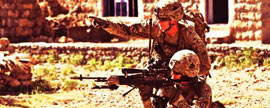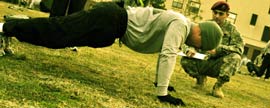Foreword: The U.S. Army Corps of Engineers is best known for its water resource development and military construction missions, but its emergency response work is a vital endeavor that has grown in importance and visibility in the wake of the terrorist attacks of September 11, 2001, and Hurricane Katrina in 2005. It is an old mission. For more than two centuries, the Corps has employed highly trained and well-equipped engineers at offices strategically located throughout the nation to conduct civil works and build fortifications, and, on a case-by-case basis, Congress or the president would frequently tap these resources to provide rescue and relief during local emergencies. In 1882 Congress made it official and formally tasked the Corps of Engineers with a rapid emergency response mission.
In the ensuing years, Army Engineers responded to hundreds of emergencies resulting from floods, hurricanes, tornadoes, earthquakes, volcanoes, and other natural and man made disasters in America and abroad. Statutory authorities and Army regulations evolved, requiring the engineers to undertake emergency operations to save lives and property during disasters, and afterwards, by direction of Congress or the president, to assist state and local governments with urgent restoration and recovery efforts.
This volume on the history of the Army Engineer disaster assistance mission traces the federal program from its tentative beginnings in the nineteenth century to the enactment of a permanent federal policy on disaster assistance in 1950. It explains how the Engineers came to acquire that mission during the great Mississippi River flood of 1882, describes the development of the Corps’ statutory authorities and the Army’s regulations for emergency operations, and tells the stories of Corps and Army Engineer operations during various calamities. For nearly 130 years now, Army Engineers have performed the often perilous task of emergency response with intelligence, determination, and courage.













